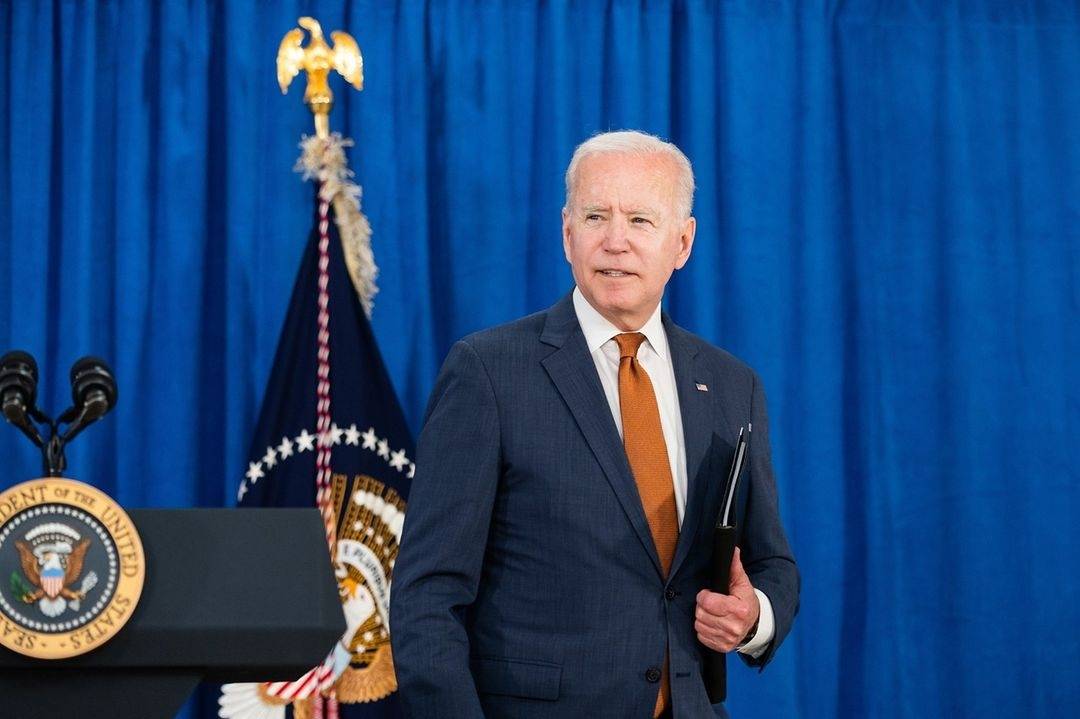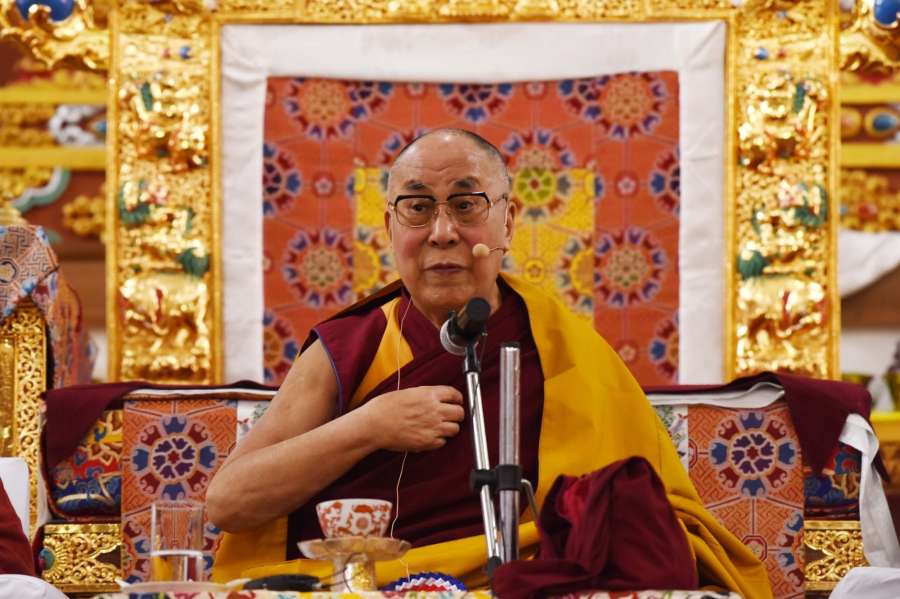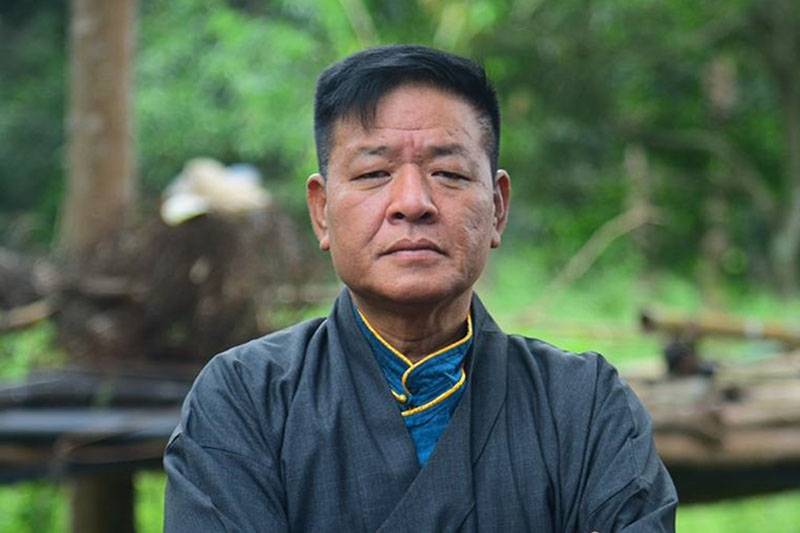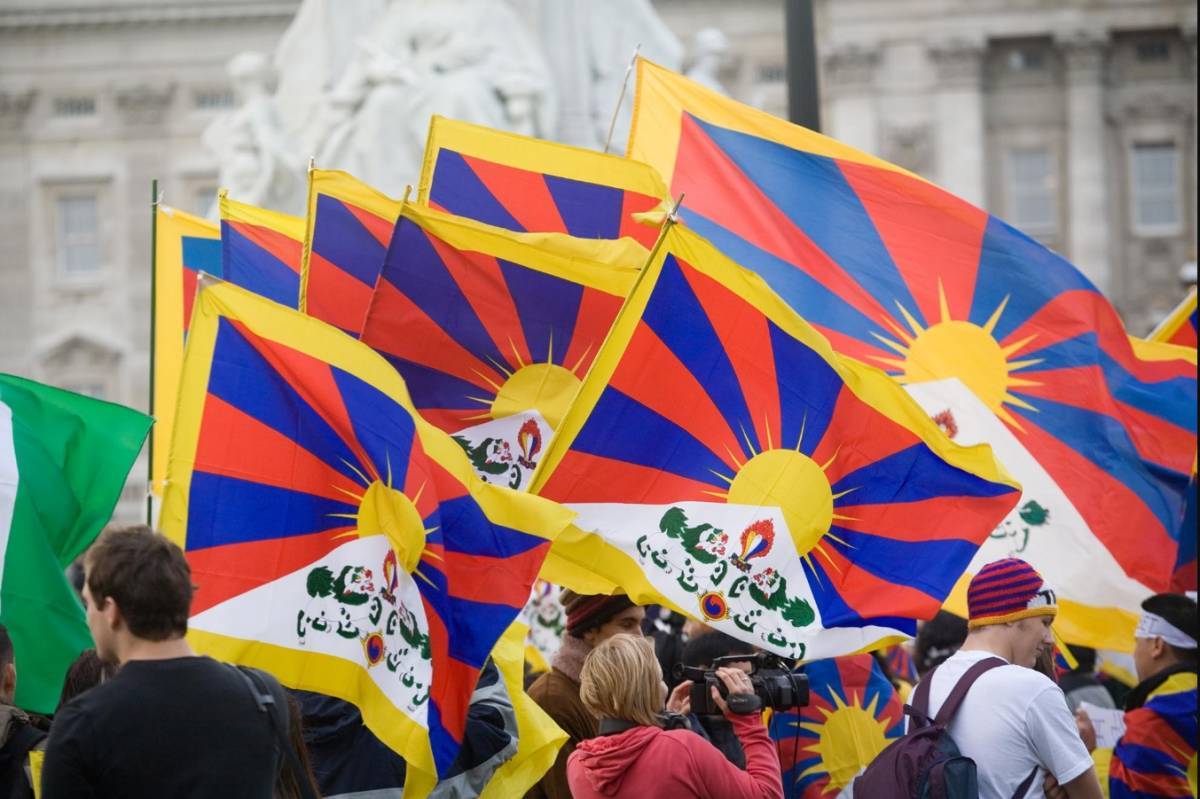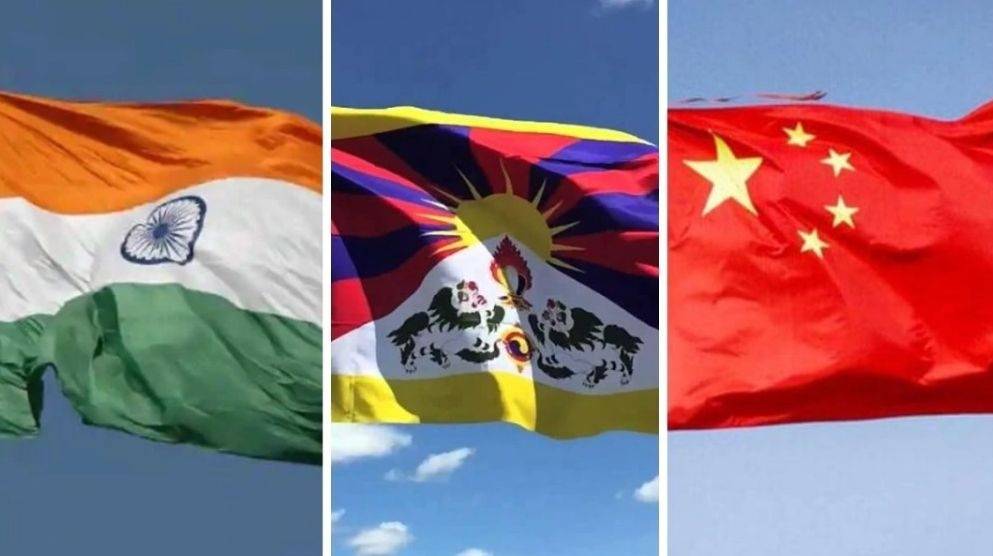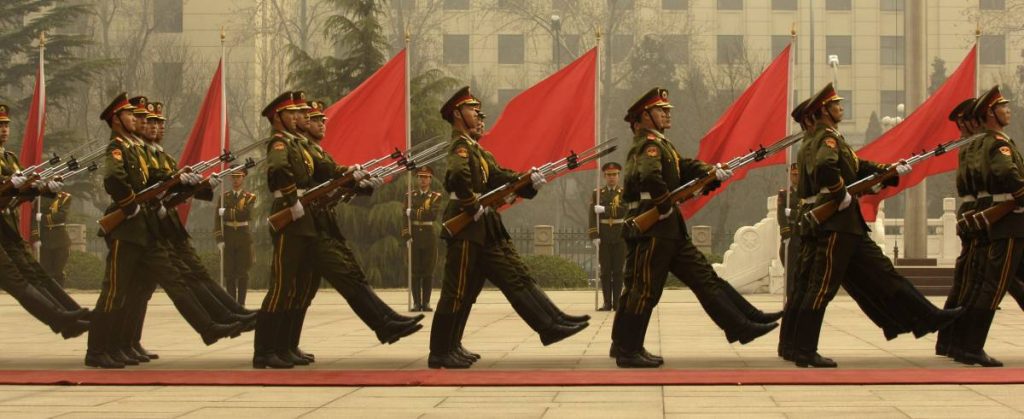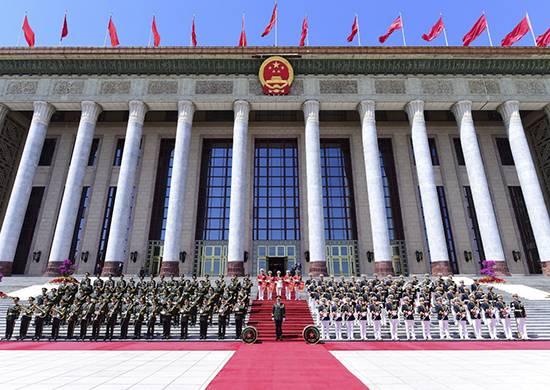The resolution stated that the US must reject “seven-decade long illegal occupation of Tibet by the forces of the Chinese Communist Party”, reports Asian Lite Newsdesk
A US Congressman from Pennsylvania has introduced a resolution in the US Congress, calling on US President Joe Biden to declare Tibet an independent country.
According to Phayul, the resolution stated that the US must reject “seven-decade long illegal occupation of Tibet by the forces of the Chinese Communist Party” and asserted that the US would provide relief to “long-suffering people and reinforce its reputation as a strident defender of global human rights.”
“After 70+ years of illegal occupation of Tibet by the murderous Chinese Communist Party, it’s well past time for the US to take action. That’s why I’m proud today to introduce a resolution calling on President Biden to declare Tibet an independent country,” Republican MP Scott Perry tweeted last week.
This bill recognized all three provinces in Tibet as a separate, independent country.
The 2021 Tibet bill also urged Washington to recognize the “democratically elected government of Tibet, presently named as the Central Tibetan Administration, [as] the only governing authority of Tibet.”

The bill also entailed sanctions on individuals who are responsible for or complicit in, directly or indirectly, supporting the occupation of Tibet.
Last month, the US Senate had passed a bipartisan bill to heed the call to open a consulate in Lhasa and had called for reinforcing the global engagement on policy towards the reincarnation of His Holiness the Dalai Lama.
The US Innovation and Competition Act (also known as the Endless Frontier Act), provides USD 250 billion through investment in science to compete with China, also contains several important provisions on Tibet.
Dalai Lama celebrates 86th b’day
Appreciating the Indian concept of secular values, Tibetan spiritual leader the Dalai Lama on Tuesday said he is committed to non-violence and compassion until his death.
In a video message on his 86th birthday, the spiritual leader, who believes tough times do not last, but happiness does, appealed to his friends to keep non-violence and compassion in rest of their lives.
Saying he is just a human being, the Buddhist monk, who along with many of his supporters fled the Himalayan homeland and took refuge in India when Chinese troops moved in and took control of Lhasa in 1959, said many people showed they love him.
“And many people actually love my smile,” said the Dalai Lama with laughter, his secret weapon.
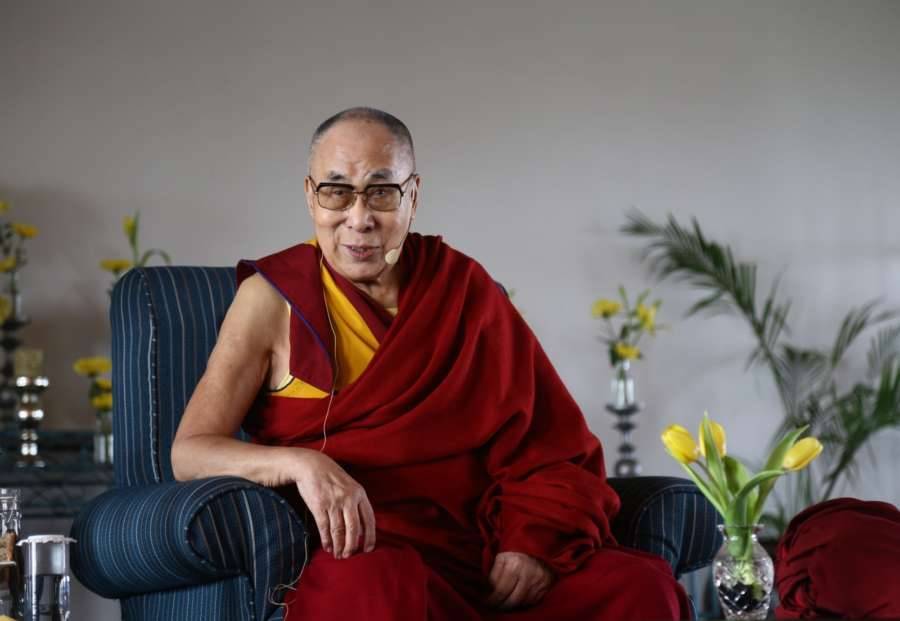
“In spite of my old age, my face is quite handsome. So many people really show me genuine friendship. Now this moment my birthday, I want to express my deep appreciation of all my friends who have really shown me love, respect and trust. I want to express my thanks.”
The Dalai Lama, or Ocean of Wisdom, is the leading spiritual figure bringing Buddhist teachings to the international community.
The monk, known for his simplicity and jovial style, prefers to participate in meetings with religious leaders, and lectures businessmen on ethics for the new millennium and the art of happiness. He chuckles throughout his talk and often slaps visitors on the back.

In the message, the Nobel Peace laureate, said: “For myself, I can assure you, that for the rest of my life I am committed to serving humanity and working to protect the climate condition.”
Having spent 60 years in exile here and the longing to see his homeland still fresh in the mind of globe-trotting Buddhist monk, he said: “Since I became refugee and now settled in India, I have taken full advantage of India’s freedom and religious harmony.
“I want to assure you that for the rest of my life, I will be fully committed to this work. And then also, I really appreciate the Indian concept of secular values, not dependent of religion, such as honesty, ‘karuna’ (compassion) and ‘ahimsa’ (non-violence).
“So, my dear friends, on my birthday, this is my gift. Please keep it in mind. I myself committed to non-violence and compassion until my death. This is my offering to my friends.
“I hope my friends will also keep non-violence and compassion for rest of your lives.”
“So firstly, this is like a report of my life,” said the Dalai Lama, who met with presidents, prime ministers and crown rulers of major nations, including US President Franklin Roosevelt, who sent the Dalai Lama the gift of a pocket-watch when he was a young boy.
“And secondly, all my human brothers, sisters should keep these two, non-violence and compassion, until your death.”
The Dalai Lama, who believes in the “middle-path” policy that demands “greater autonomy” for the people in Tibet, is viewed by the Chinese as a hostile element who is bent on splitting Tibet from China.
The monk lives in exile along with some 140,000 Tibetans, over 100,000 of them in India. Over six million Tibetans live in Tibet.
The Tibetan exile administration, known as the Central Tibetan Administration and headed by democratically elected Penpa Tsering, is based in this northern Indian hill town. (ANI/IANS)
ALSO READ-Govt set to fall short of Biden’s vaccination goal
READ MORE-America coming back together, says Biden

